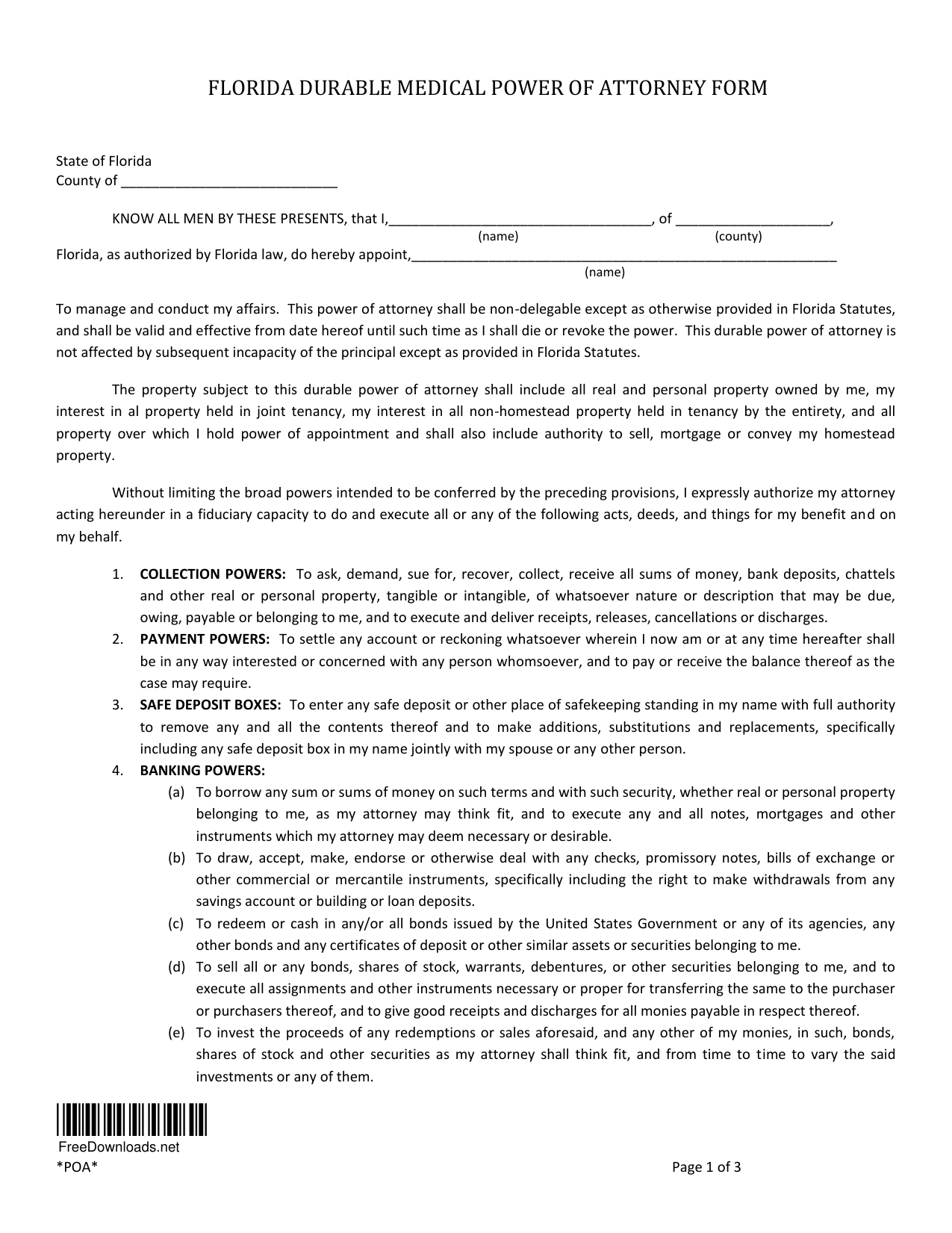Professionals are paid mostly on a fee-for-service basis, although there is variation across provinces. For example, in Quebec, alternative payment structures comprised about 15 percent of overall payments to experts in 20162017, as compared to 22 percent in British Columbia and 33 percent in Saskatchewan. Clients can choose to go straight to a specialist, however it is more typical for GPs to refer clients to specialized care.
The bulk of physicians and professionals costs P/T governments straight, although some are paid a wage by a hospital or center. Patients may be required to pay out-of-pocket for services that are not covered by public insurance strategies. After-hours care is frequently provided in physician-led walk-in clinics and healthcare facility emergency spaces.
Historically, GPs have not been required to provide after-hours care, although more recent group-practice arrangements stipulate requirements or financial incentives for offering after-hours care to registered clients. 21 In 2015, 48 percent of GPs in Canada (67% in Ontario) reported having plans for patients to see a doctor or nurse after hours.
The Main Principles Of What Is Health Care Policy
They are frequently managed by handed over health authorities or healthcare facility boards representing the neighborhood. In most provinces and territories, many health centers are openly owned,24 whereas in Ontario they are mainly private not-for-profit corporations. 25 There are no specific information on the variety of personal for-profit centers (mostly diagnostic and surgical).
26 Health centers in Canada generally run under yearly worldwide budgets, worked out with the provincial ministry of health or handed over health authority. However, a number of provinces, consisting of Ontario, Alberta, and British Columbia, have considered introducing activity-based funding for health centers, paying a fixed quantity for some services offered to clients. 27 Hospital-based physicians normally are not hospital workers and are paid fee-for-service straight by the provincial ministries of health.
Hospital-based mental health care is offered in specialized psychiatric hospitals and in general health centers with psychological health beds. The P/T governments all offer a variety of community psychological health and dependency services, including case management, help for families and caretakers, community-based crisis services, and helpful real estate. 28 Private psychologists are paid out-of-pocket or through private insurance coverage.
How What Is Essential Health Care can Save You Time, Stress, and Money.
Psychological health has actually not been officially incorporated into primary care. Nevertheless, some companies and provinces have actually launched efforts to collaborate or collocate mental health services with main care. For circumstances, in Ontario, an intersectoral mental health technique has remained in location given that 2011 and was broadened in 2014 to better incorporate mental health and medical care.
All P/T governments fund such services through general taxation, however protection varies throughout jurisdictions. All provinces offer some residential care and some combination of case management and nursing care for home care customers, but there is substantial variation when it pertains to other services, including medical devices, products, and home support.
Eligibility for house and property long-term care services is generally identified through a requirements assessment based upon health status and practical impairment. Some jurisdictions likewise include means-testing. About half of P/T federal governments offer some home care without means-testing, but access might depend both on assessed top priority and on the schedule of services within capped spending Click here to find out more plans.
How Does Electronic Health Records Improve Patient Care Things To Know Before You Get This
In addition, financial supplements based upon ability to pay can help support room-and-board costs. Some provinces have actually established minimum residency periods as an eligibility condition for facility admission. Spending on nonhospital institutions, the majority of which are residential long-lasting care centers, was approximated to represent simply over 11 percent of overall health expenditures in 2017, with funding primarily from public sources (70%).
Public financing of house care is supplied either through P/T federal government contracts Substance Abuse Treatment with agencies that deliver http://troypqqw629.timeforchangecounselling.com/rumored-buzz-on-who-led-the-reform-efforts-for-mental-health-care-in-the-united-states services or through federal government stipends to clients to acquire their own services. For instance, British Columbia's Support for Independent Living program allows clients to purchase their own home-support services. 32 Provinces and areas are accountable for providing palliative and end-of-life care in hospitals (covered under Canadian Medicare), where the bulk of such expenses take place.
In June 2016, the federal government presented legislation that changed the criminal code to permit eligible grownups to demand medical help in dying from a doctor or nurse specialist. Because that time, P/T governments and medical associations have actually established processes and regulatory structures to enable medical help in passing away for people dealing with terminal or irreparable illnesses.

Which Of The Following Is True About Health Care In Texas? - An Overview
33 Assistance for casual caretakers (approximated to offer 66% to 84% of care to the senior) differs by province and area. 34 For example, Nova Scotia's Caretaker Benefit Program uses qualified caretakers and care recipients CAD 400 (USD 317) monthly. 35 There are also some federal programs, including the Canada Caretaker Credit and the Work Insurance Coverage Compassionate Care Advantage.
Protection for prescription drugs has ended up being a questionable issue in Canadian healthcare debates. (I Viewfinder/ Shutterstock) Subscribe now for as little as $2 a month! Subscribe now for as low as $2 a month! Subscribe now for just $2 a month! The Country is reader supported: Chip in $10 or more to help us continue to blog about the problems that matter. why is free health care bad.
Did you understand you can support The Country by consuming red wine? Rowan Burdge was diagnosed with type 1 diabetes simply over a years earlier, when she was 21 years of ages. Since then, she approximates that she's spent over $100,000 on prescriptions, co-pay, deductibles, and premiums to handle a complex, chronic health problem.
Which Of The Following Health Professionals Is Least Likely To Be A Primary Health Care Provider? Can Be Fun For Everyone
However Burdge does not reside in the United States. She resides in Canada. And while two of the 5 insurance prepares she's registered in are publicBritish Columbia's medicare program and the province's supplementary drug planthe financial hoops she has needed to jump through simply to "remain alive," as she puts it, would be right in the house in a story about a nation without single-payer healthcare.
That doesn't erase the fact that the Canadian system still fails: Canada is the only nation worldwide that has a national, universal medical insurance program, however no equivalent drug strategy, otherwise referred to as pharmacare. Canada's technique to drug protection looks less like a unified system than a patchwork, with over 100 different government-run drug strategies and 100,000 personal plans across the country.
One in 5 individuals living in Canada have either inadequate coverage for their health requires, or no protection at all. Households with protection still pay an average of CAD 1,000 every year (about $755) in out-of-pocket expenses, including premiums and prescription co-pays, and differences throughout the different public drug plans run by each Canadian province and territory indicate that the cost someone pays for a drug in one place might be a lot more than they 'd pay in another.
The Buzz on What Is A Health Care Provider
But the bills build up quick for somebody with a persistent condition; Burdge approximates that she spends between CAD 800 and 1,200 (about $600 to $900) on health needs monthly. A report from the Canadian Federation of Nurses Unions discovered that monetary barriers to prescription medication cause hundreds of premature deaths each year in individuals aged 55 to 64, to state nothing of other age groups.
